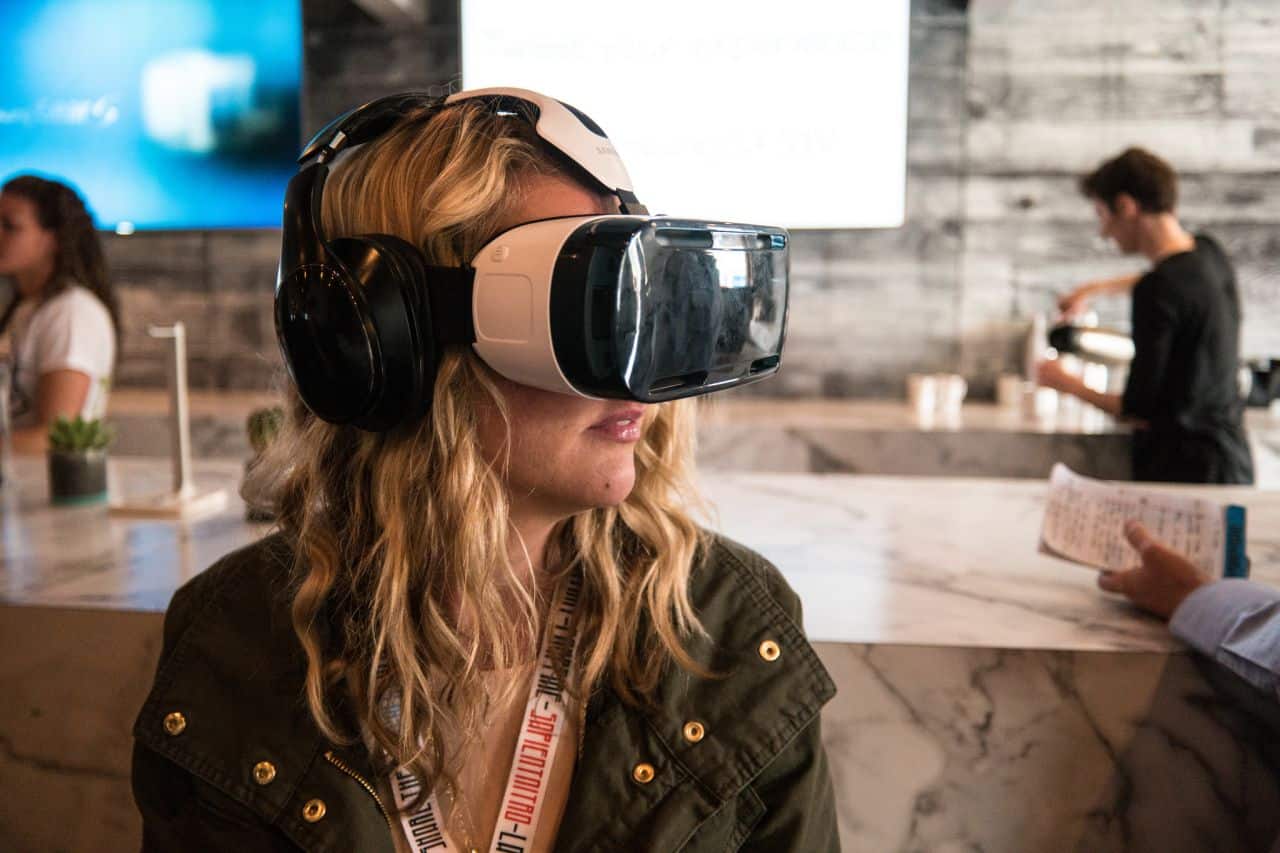As we enter 2022, we can proudly say that, finally, virtual reality technology is going beyond its gaming and entertainment roots as numerous VR applications are really starting to take off. The most current VR trends show that the technology is currently being applied across various industries, including education, healthcare, tourism, and entertainment, which spikes the global demand for VR headsets at an incredible rate. To get a better perspective of how fast the VR industry is growing and evolving, the global VR market size was valued at $7.81 billion in 2020 and is expected to grow at an astonishing CAGR of 28.2% from 2021 to 2028.
And what else can we expect for the technology that helps businesses improve their operations in so many ways? For example, field workers can virtually experience life-like scenarios to accomplish tasks. In addition, hospitals and healthcare laboratories are beginning to utilize VR to offer professionals the opportunity to apply, assess, and improve their skills and knowledge of their latest laboratory information system in a safe and controlled learning environment with no real-world consequences. At the same time, consumers experience entertainment on another level and have more accurate material for product reviews.
Whether you realize it or not, VR is slowly but surely getting everywhere around us. And because of that, we can’t afford not to know what’s happening in this groundbreaking field that’s taking the world by storm. In this brief article, we present you the latest VR industry trends to look out for in 2022 and how this technology is shaping the future given the disruptions caused by the Covid-19 pandemic.
VR And The Metaverse
Web 3.0, more commonly known as the Metaverse, is a relatively new term that’s currently generating a lot of buzz, as evidenced by Facebook’s recent rebranding to Meta. And while the plans for the Metaverse say that it won’t exclusively only exist in VR, VR is undoubtedly the most popular way to access Web 3.0 so far. This is because the heart of the idea for the Metaverse is such an immersive, experiential environment, which is something VR interfaces excel at.
The truth about the Metaverse is even though no one knows or has a clear picture of what the Metaverse will look like five years from now—it will undoubtedly play a significant role in our lives for the years to come. Nevertheless, given Meta’s focus on virtual reality, the technology will almost certainly be an essential part of the Metaverse. In fact, innovative companies like XRHealth are already providing their patients with virtual treatment rooms in the Metaverse for fun, game-like therapy sessions with licensed therapists who work with people remotely, using VR headsets to personalize the treatment in real-time.
That’s because the three main parts of the web 3.0 concept: the 3D settings, avatars, and gamification, all work well with VR interfaces. Moreover, thanks to VR’s ability to blur the line between the virtual and the real world, we can expect to see more VR in the Metaverse in 2022 and its idea of augmented reality.
Virtual Showrooms Will Shake Up The Dealership Market
Virtual stores and showrooms are poised to shake up the dealership market for good in 2022. A virtual showroom turns an empty room into a 100% digital scene, where clients and prospective customers can explore a variety of goods before choosing what they want to purchase. With the help of VR headsets, it will be possible for customers to view different products, their characteristics, and prices, just as they would in a typical brick-and-mortar shop.
Kia, the famous automotive giant, has already taken advantage of VR’s benefits in the eCommerce space. They enable their customers to go through different car models in a 100% virtual environment to select their ideal car easier. To do that, Kia deploys a high bar for the VR visuals in their virtual showroom to allow their prospective clients to drive their dream cars on a 1:1 scale.
Cheaper VR Headsets And Devices
These days, high-end VR experiences are less affordable on average, primarily because of the high price of VR headsets, which cost the tune of $300 at the minimum, even though it’s still possible to afford the cheap cardboard devices which give lower-quality VR experiences, at the tunes of $50.
The mid-range VR headsets, which provide a mid-range experience, cost slightly more or less than $150. However, at the organizational level, VR technologies like simulation training and health systems, and developer kits are still highly-priced even for mid-sized organizations to afford.
Nevertheless, VR technologies, much like mobile phone technologies, will also become more affordable with time and continuous investment in them. This is already beginning to happen, and we expect to see more of it in 2022, as more and more companies keep producing, sponsoring, or branding headsets, VR devices, and content.
Final Thoughts
The trends mentioned above strongly indicate that virtual reality is here for the long haul, and the ongoing pandemic may just as well be the primary catalyst for VR’s unstoppable growth. Leveraging VR technology into your scope of work can get you ahead of your competitors, so make sure to continuously measure the success of your strategies and know where you stand among your rivals.

